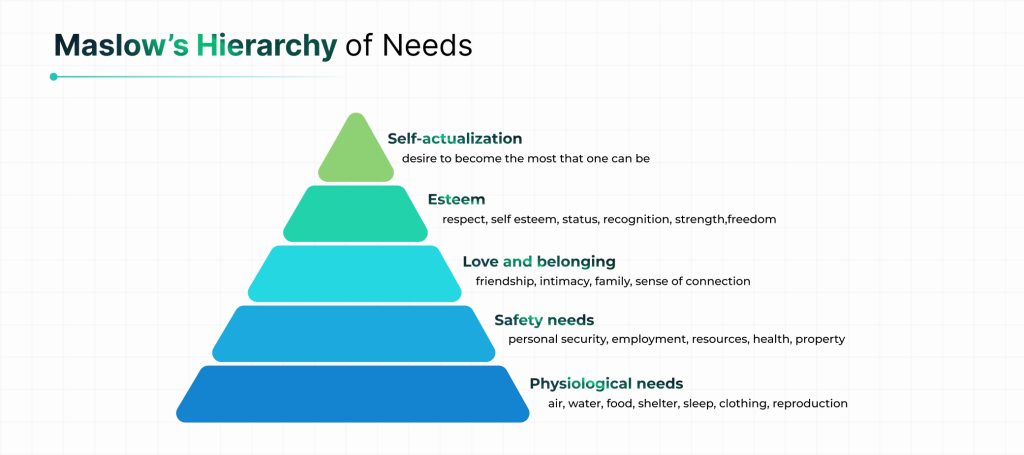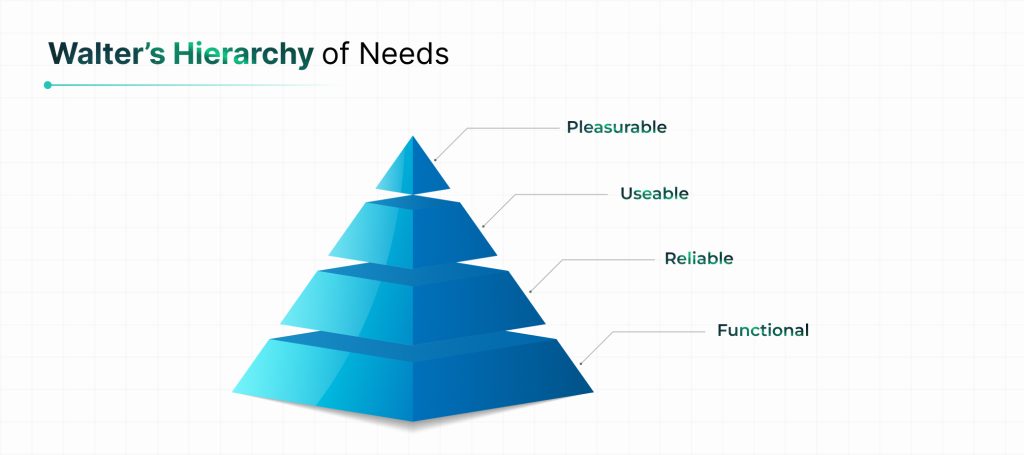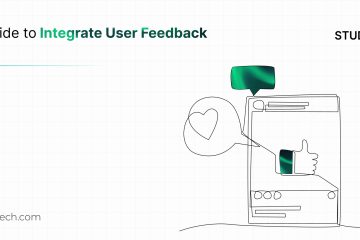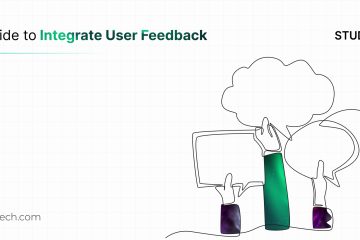Product design goes beyond just looks—it’s about crafting something that looks appealing and connects with users on an emotional level while fulfilling their practical needs. This harmonious balance between emotional impact and practicality distinguishes exceptional designs. Achieving this balance, however, is no small feat.
It requires a deep understanding of human psychology—how people think, feel, and behave. By tapping into psychological principles, designers can make informed decisions that ensure their products not only catch the eye but also serve their intended purpose effectively.
In this article, we explore how psychology influences product design, focusing on how to balance emotional appeal with practicality through models like Maslow’s Hierarchy of Needs, Aaron Walter’s Hierarchy of User Needs
In this article, we explore how psychology influences product design, focusing on how to balance emotional appeal with practicality through models like Maslow’s Hierarchy of Needs, Aaron Walter’s Hierarchy of User Needs
Maslow’s Hierarchy of Needs

Abraham Maslow’s Hierarchy of Needs is a psychological model that categorizes human motivation into five levels, typically visualized as a pyramid. The levels range from basic physiological needs, such as food and shelter, to pursuing self-actualization, which involves achieving one’s full potential. This hierarchy underscores the idea that basic needs must be satisfied before individuals can focus on higher-level, more complex aspirations.
Aaron Walter’s Hierarchy of User Needs: Translating Psychology into Design

Aaron Walter’s Hierarchy of User Needs mirrors Maslow’s model but translates these levels into the context of design. Just as Maslow’s hierarchy builds from basic survival to self-fulfillment, Walter’s hierarchy progresses from basic functionality to emotional delight in user experience.
- Functionality (Physiological Needs): At the base of Walter’s hierarchy, functionality aligns with Maslow’s physiological needs. A product must first perform its core functions reliably, whether it’s a simple tool or a complex application. Just as physiological needs are essential for survival, functionality is the foundation of any usable product.
- Reliability (Safety Needs): The next level is reliability, corresponding to Maslow’s safety needs. Users need to trust that the product will perform consistently and securely. This reliability builds the trust necessary for users to continue engaging with the product, much like safety and security allow individuals to pursue higher needs.
- Usability (Belonging and Esteem Needs): Usability corresponds to the social and esteem needs in Maslow’s hierarchy. A product that is easy to use fosters a positive user experience, much like how fulfilling social and esteem needs contributes to a person’s quality of life. Good usability ensures that users can interact with the product effectively, enhancing their sense of competence and satisfaction.
- Delight (Self-Actualization): At the top of Walter’s hierarchy is delight, mirroring Maslow’s concept of self-actualization. A product that delights users goes beyond mere functionality and usability. It provides an emotionally fulfilling experience, whether through a beautiful interface, engaging interactions, or small surprises like Easter eggs. This level of design creates a sense of connection and satisfaction that transcends the basic utility of the product.
Integrating Both Models
By integrating Maslow’s and Walter’s hierarchies, UX designers can create products that cater to users’ essential and aspirational needs. This combined approach ensures that products are functional, reliable, emotionally engaging, and fulfilling.
For instance, a product that ably performs its intended functions (functionality and reliability) lays the groundwork for a positive user experience. However, by also focusing on usability and delight, designers can create a product that resonates with users on a deeper emotional level. This holistic approach to design meets users’ basic needs while also satisfying their higher-level desires, leading to more meaningful and engaging user experiences.
Here are some prominent case studies that have implemented the best of both models.
Headspace: Headspace is a meditation and mindfulness app that combines practical features like guided meditations and sleep aids with an emotionally supportive interface. The app uses friendly animations, soothing colors, and a calm design to create a relaxing user experience that encourages mental well-being.
Mint: Mint is a personal finance app that helps users manage their budgets, track spending, and monitor their financial health. The app uses clear visualizations like graphs and charts to make complex financial information easy to understand. It also employs behavioral psychology techniques, such as goal-setting and nudges, to encourage users to save more and spend wisely. Mint’s clean, intuitive interface, combined with personalized tips and alerts, helps users feel more in control of their finances, making financial management less stressful and empowering.
Qapital: Qapital is a goal-based savings app that allows users to set up personalized savings rules to automate their savings. For example, users can create rules that save a certain amount of money every time they make a purchase or reach a specific milestone. Qapital uses behavioral economics principles to make saving money feel more natural and less burdensome. The app’s playful interface and customizable goals tap into users’ intrinsic motivation, making the process of saving money more engaging and emotionally rewarding.
Wrapping up
In conclusion, the successful application of user-centered design hinges on prioritizing the user’s well-being, ensuring transparency, and securing consent throughout the design process. By aligning with psychological models like Maslow’s Hierarchy of Needs and Aaron Walter’s Hierarchy of User Needs, designers can create products that not only meet essential requirements but also fulfill higher-order desires for self-actualization and esteem. This approach balances emotional appeal with practicality, ensuring that products are both functional and deeply engaging. By integrating psychological insights with practical functionality, designers can develop products that stand out in today’s competitive market—creating experiences that resonate with users, fulfill their aspirations, and ultimately become indispensable in their lives.


